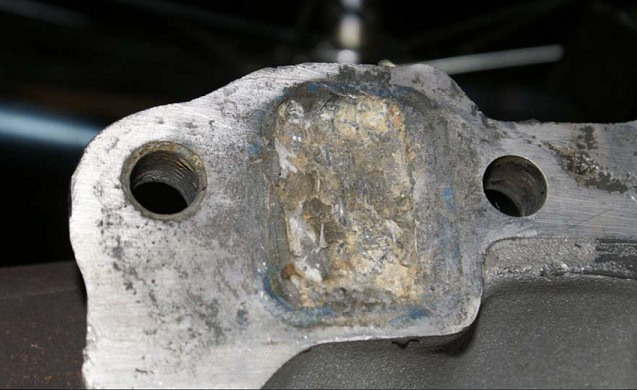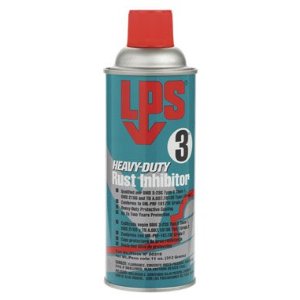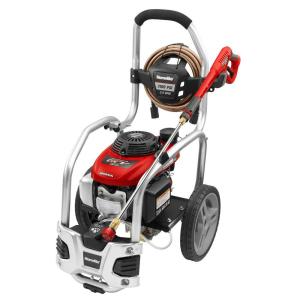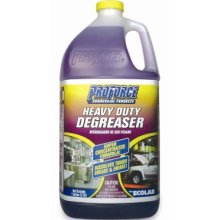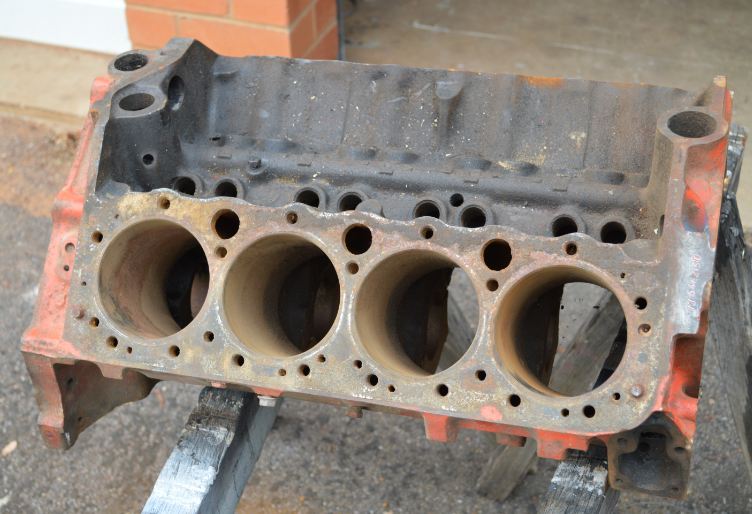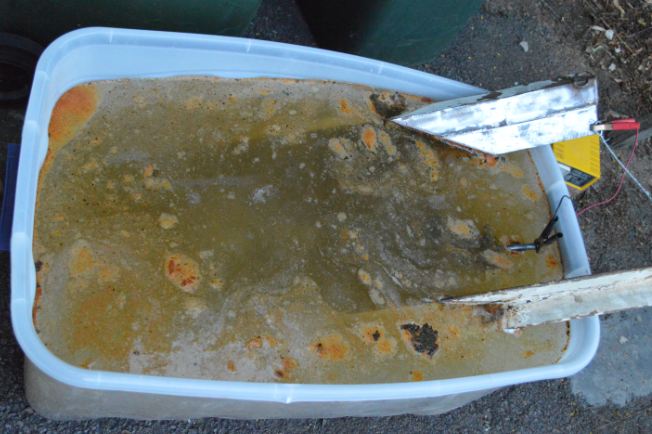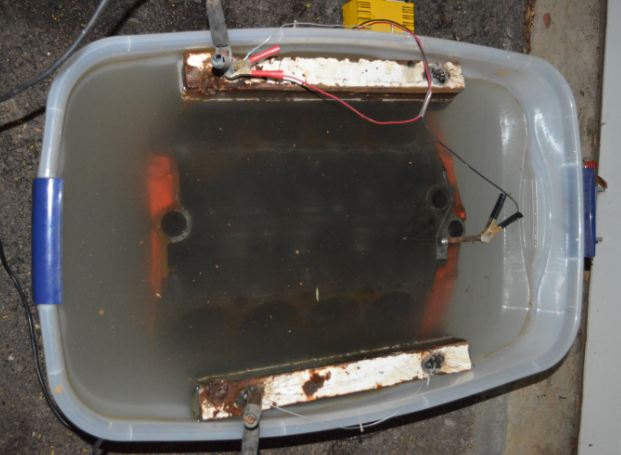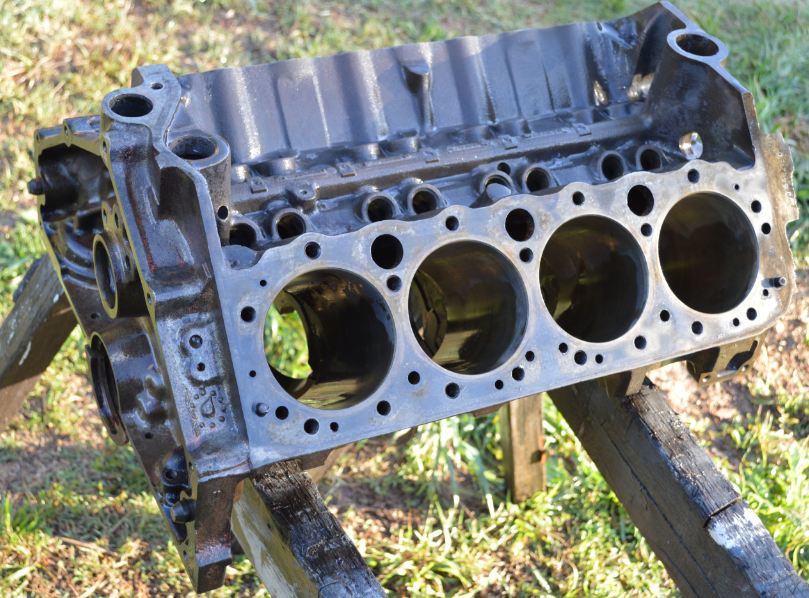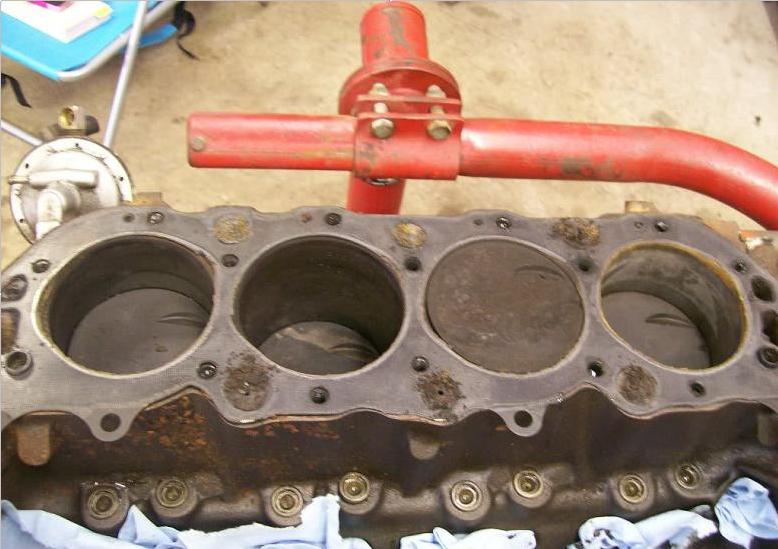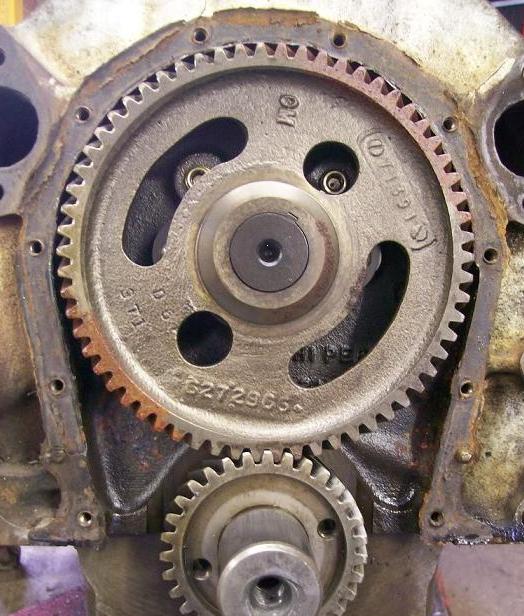Im forced to point out a few things to the new guys, you'll occasionally see boat engines or marine 350 or 454 etc. engines for sale, many boat owners swap engines every few years, mostly because they run water from the lake or ocean the boat travels over as engine coolant and electrolysis can cause rapid damage to some parts, its not because they want to, its because in many cases its mandatory for maintaining dependability, many marine engines that have been run in SALT water, use the salt water for coolant and as a result have major rust in the coolant passages and corrosion problems,, the cylinder walls get thinned fast under those conditions,and a percentage are REVERSE ROTATION and need major changes during a rebuild to even be run in a car.marine engines tend to get replaced because they rust rapidly from the inside out as they get wet internally with plain water then left wet for weeks at a time.
Ive purchased several over the decades, its a crap shoot, most of the engines are really low mileage BUT if used in a salt water environment the internal coolant passages can be extensively rust damaged. but generally youll find the engines are in decent shape and can easily be rebuilt.
BE aware that on dual engine boats that one engine is frequently REVERSE ROTATION, these are easily identified as theres no timing chain, its replaced with two direct drive gears, the engines can easily be converted back by replacing the distributor, oil pump, and cam, timing set , and water pump, as these parts are generally well worn,or in some cases incompatible for various reasons, and its a very good idea to have the crank journals polished and new rings and bearings used due to the change in rotation.
Ive picked up several marine cores (454 bbc) FOR $300 each over the years.
In a normal "regular rotation" car engine, the camshaft and the crankshaft spin the same direction--both turn clockwise viewed from the front.
A two-gear cam drive spins the camshaft the opposite direction from the cranks rotation,. So a regular rotation engine would have the crank spinning clockwise and the cam spinning clockwise just like normal, and on a reverse rotation engine the cam spinning counter-clockwise because it turns backwards with a two-gear cam drive system.
But , think about it a bit, on a reverse-rotation engine , that has the crank spinning counter clockwise, and with a two-gear cam drive--the cam spins clockwise. Just like a "normal" engine. No special gears needed on the back of the cam or on the distributor, because the cam is turning opposite the crank--but the crank is running backwards.
now you might get a true bargain if the guy flushed the engine after each trip with fresh water, and the engine had low miles, but as a general rule they require close inspection and partial dis-assembly or a real bargain price, some of these blocks are in horrible condition, some will be in almost like new condition because many boats are seldom used and some are extensively used, and both salt and fresh water being run as coolant have a great deal different characteristics, Ive got some blocks in like new condition, others were functional but required extensive cleaning an a few were basically scrap, so you need to disassemble and closely inspect used engines
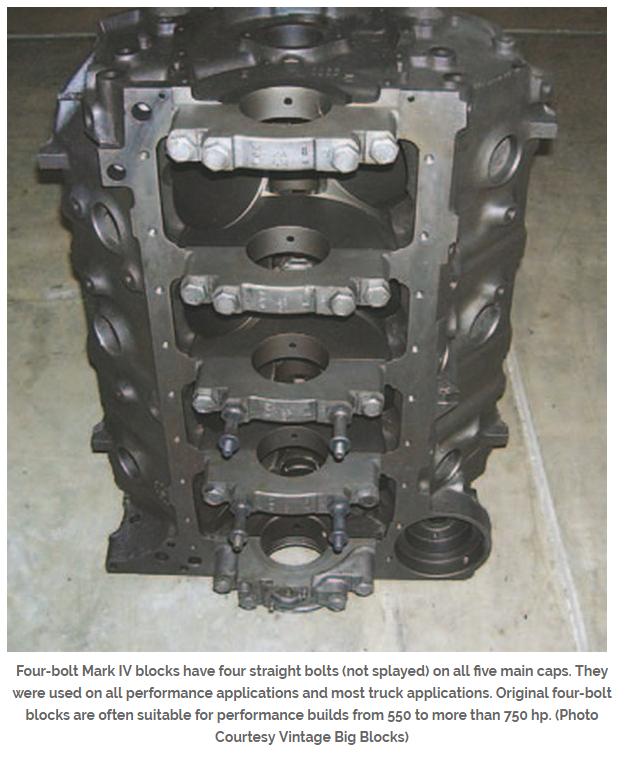
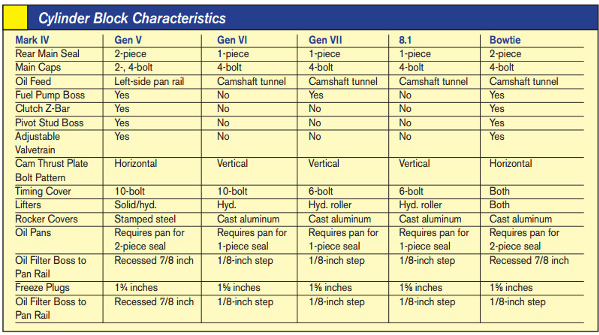
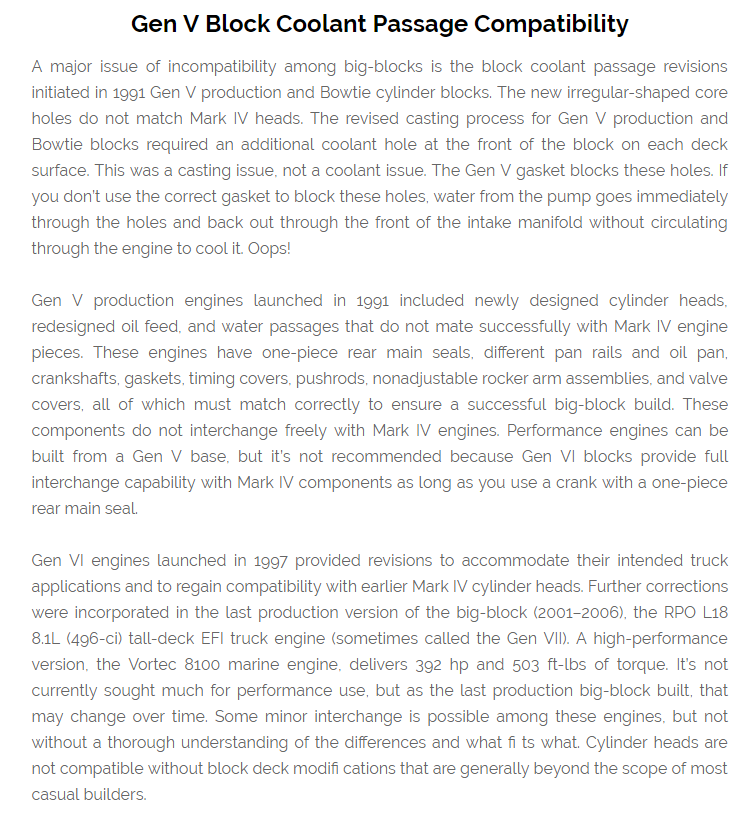
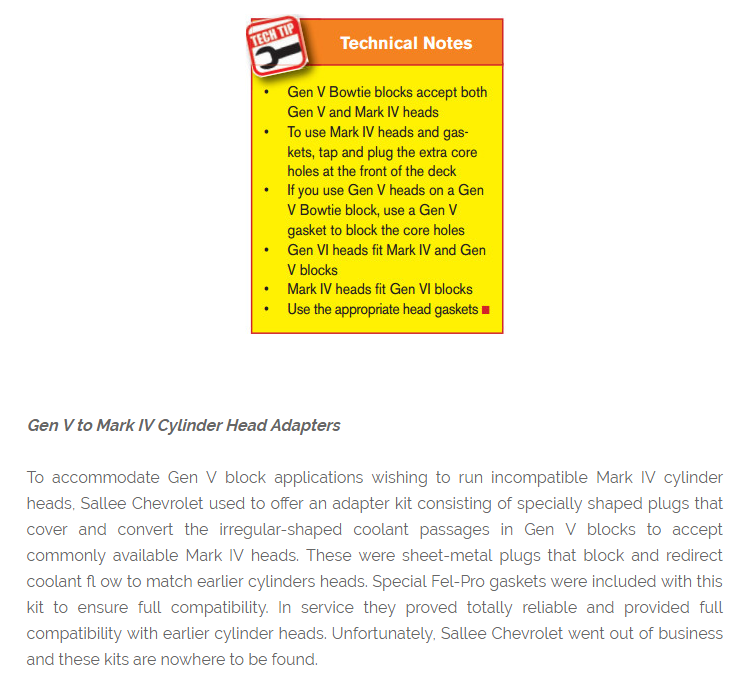

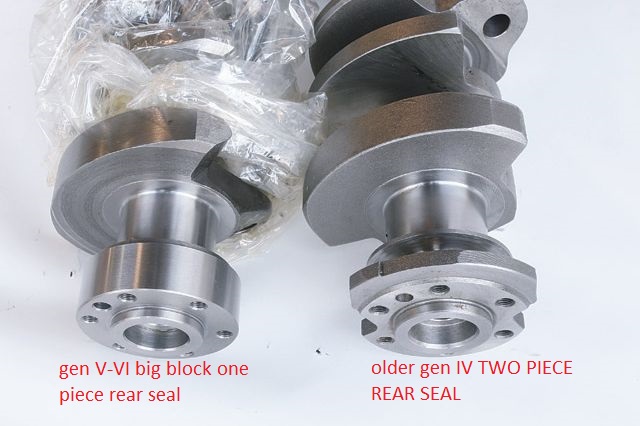
mark iv blocks
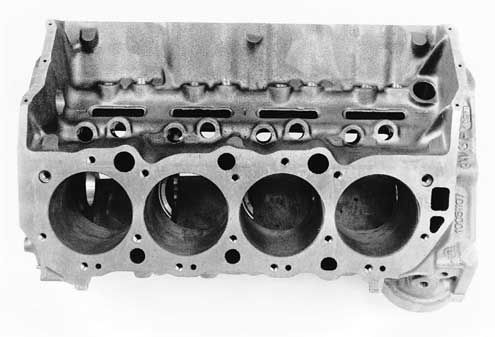
mark v blocks
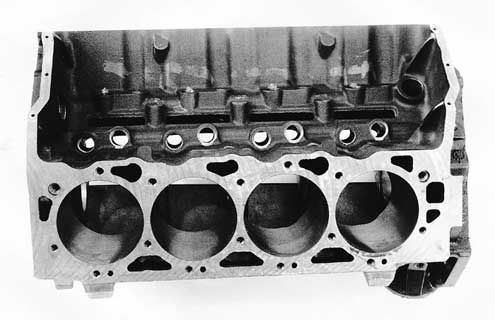
(keep in mind that ALL '91 and later Gen.V and Gen.VI big blocks come with 4-bolt main caps. The two-bolt big blocks are no longer in production
MANY BUT NOT ALL aftermarket head designs have been modified to work on both the early MARK IV 1965-90 and later MARK V & VI blocks 1991-later.)
BTW, , on BIG BLOCKS the oil pumps and oil filter adapters are different due to the block oil filter recess and rear seals being different
GEN 4 or MARK IV
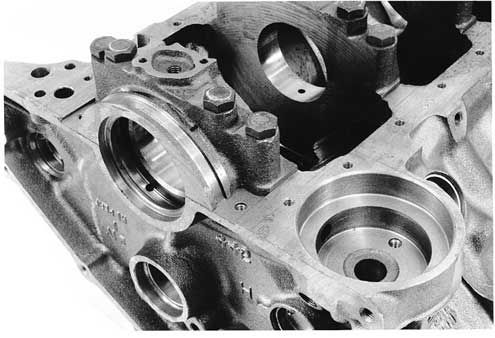
GEN V and VI
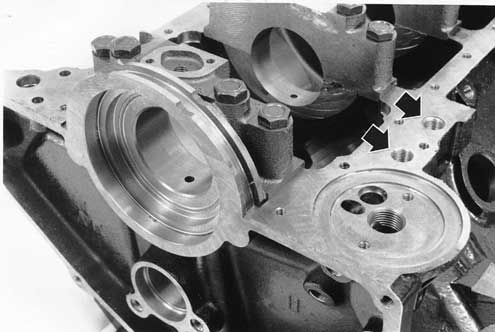
coolant holes in factory heads match factory blocks of similar version, aftermarket heads usually tend to have a universal coolant passage design that will function on most blocks but you need to verify and use the correct head gaskets


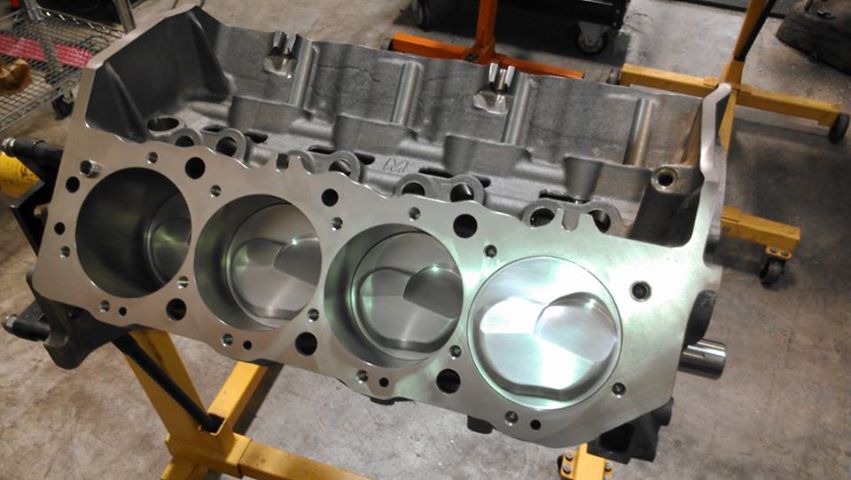
http://www.chevyhiperformance.com/techa ... index.html
http://reviews.ebay.com/Big-Block-Chevy ... 0001563647
viewtopic.php?f=51&t=9857
http://www.eastwood.com/paints/rust-sol ... tment.html
related links with lots of info
Ive purchased several over the decades, its a crap shoot, most of the engines are really low mileage BUT if used in a salt water environment the internal coolant passages can be extensively rust damaged. but generally youll find the engines are in decent shape and can easily be rebuilt.
BE aware that on dual engine boats that one engine is frequently REVERSE ROTATION, these are easily identified as theres no timing chain, its replaced with two direct drive gears, the engines can easily be converted back by replacing the distributor, oil pump, and cam, timing set , and water pump, as these parts are generally well worn,or in some cases incompatible for various reasons, and its a very good idea to have the crank journals polished and new rings and bearings used due to the change in rotation.
Ive picked up several marine cores (454 bbc) FOR $300 each over the years.
In a normal "regular rotation" car engine, the camshaft and the crankshaft spin the same direction--both turn clockwise viewed from the front.
A two-gear cam drive spins the camshaft the opposite direction from the cranks rotation,. So a regular rotation engine would have the crank spinning clockwise and the cam spinning clockwise just like normal, and on a reverse rotation engine the cam spinning counter-clockwise because it turns backwards with a two-gear cam drive system.
But , think about it a bit, on a reverse-rotation engine , that has the crank spinning counter clockwise, and with a two-gear cam drive--the cam spins clockwise. Just like a "normal" engine. No special gears needed on the back of the cam or on the distributor, because the cam is turning opposite the crank--but the crank is running backwards.
now you might get a true bargain if the guy flushed the engine after each trip with fresh water, and the engine had low miles, but as a general rule they require close inspection and partial dis-assembly or a real bargain price, some of these blocks are in horrible condition, some will be in almost like new condition because many boats are seldom used and some are extensively used, and both salt and fresh water being run as coolant have a great deal different characteristics, Ive got some blocks in like new condition, others were functional but required extensive cleaning an a few were basically scrap, so you need to disassemble and closely inspect used engines






mark iv blocks

mark v blocks

(keep in mind that ALL '91 and later Gen.V and Gen.VI big blocks come with 4-bolt main caps. The two-bolt big blocks are no longer in production
MANY BUT NOT ALL aftermarket head designs have been modified to work on both the early MARK IV 1965-90 and later MARK V & VI blocks 1991-later.)
BTW, , on BIG BLOCKS the oil pumps and oil filter adapters are different due to the block oil filter recess and rear seals being different
GEN 4 or MARK IV

GEN V and VI

coolant holes in factory heads match factory blocks of similar version, aftermarket heads usually tend to have a universal coolant passage design that will function on most blocks but you need to verify and use the correct head gaskets



http://www.chevyhiperformance.com/techa ... index.html
http://reviews.ebay.com/Big-Block-Chevy ... 0001563647
viewtopic.php?f=51&t=9857
http://www.eastwood.com/paints/rust-sol ... tment.html
related links with lots of info
Last edited by a moderator:


